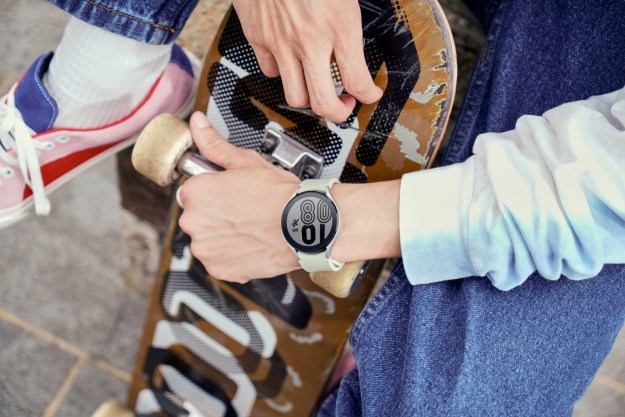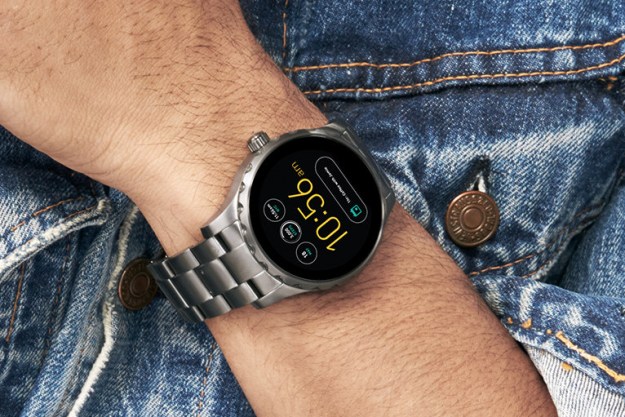Google’s going all-in for its quest to build an Apple Watch alternative for Android. After a few days of rumors, the company officially made the announcement on Friday, November 1: Google is acquiring Fitbit, the fifth-largest wearable maker, for $2.1 billion.
“By working closely with Fitbit’s team of experts, and bringing together the best A.I., software, and hardware, we can help spur innovation in wearables and build products to benefit even more people around the world,” Rick Osterloh, Google’s hardware chief, wrote in a blog post.
The announcement doesn’t share any specifics on why Google made another wearable-focused acquisition in less than a year, but assures existing Fitbit users it won’t misuse their data for advertisements.
In January, Google spent $40 million to buy a piece of smartwatch tech and a few researchers from Fossil. But don’t forget that Google will also have access to the intellectual property Fitbit brought in when it bought Pebble in 2016.
If you have been keeping count, this means Google’s hardware and Android division are now faced with the challenge of integrating a gazillion different teams (don’t forget Google’s $1.1 billion HTC purchase in 2018) under the same roof. That might explainwhy we didn’t see the much-rumored Pixel Watch at Google’s October Pixel event.

Over the last few years, Google has tried and largely failed to build a competent smartwatch ecosystem, while The elephant in the room perfected the Apple Watch platform — and left the industry in the dust. And there’s a good reason for why, despite its unprecedented advancements in software, Google simply couldn’t replicate Apple Watch’s success: vertical integration and the result of developing a new product from scratch in-house.
It’s the same factor that also enables iPhones to feel so much more cohesive than any other
More importantly, it’s difficult to visualize how Fitbit will come in and save the day for Google’s WearOS. Fitbit hasn’t itself been able to figure out smartwatches and satisfy users outside the health circle. Sure, it’s well-versed in the fitness department but is that WearOS’s biggest worry at the moment?
Unless Google has plans to bring these properties on board and return to the drawing board for getting everyone on the same page and balancing this highly uneven equation, it has a herculean task up ahead.
Google’s most glaring shortcoming is the absence of a processor that’s capable enough to smoothly run all the high-end smartwatch abilities without killing the watch in a handful of hours. Qualcomm is rumored to release a new one soon but when you’re dealing with a device as cramped as a watch, there will be a few bumps.
Samsung came to terms with that years ago and ditched WearOS in favor of its own smartwatch operating system. But after a couple of rocky releases, its latest Galaxy Active 2 smartwatch has emerged as a no-brainer for
The Fitbit deal won’t be completed until next year. Therefore, it’s safe to say Google’s massive investment won’t come to fruition at least in 2020. Google may be on the right path here and Fitbit does have a lot to offer. However, how these companies execute it all will remain key at the end. It’s likely Google ends up pivoting away from smartwatches entirely and focuses on activity trackers which if done right, will reach a lot more hands and ultimately, yield a lot more amount of data.



